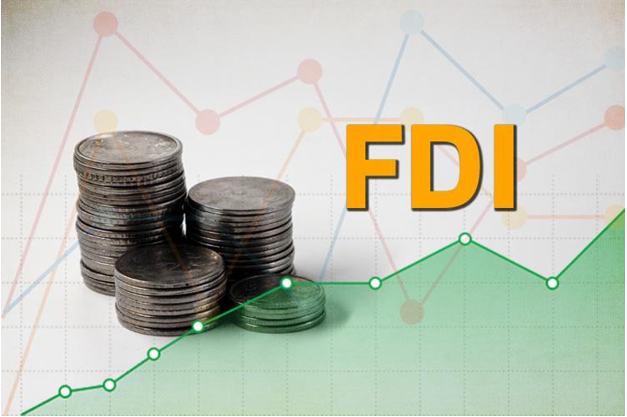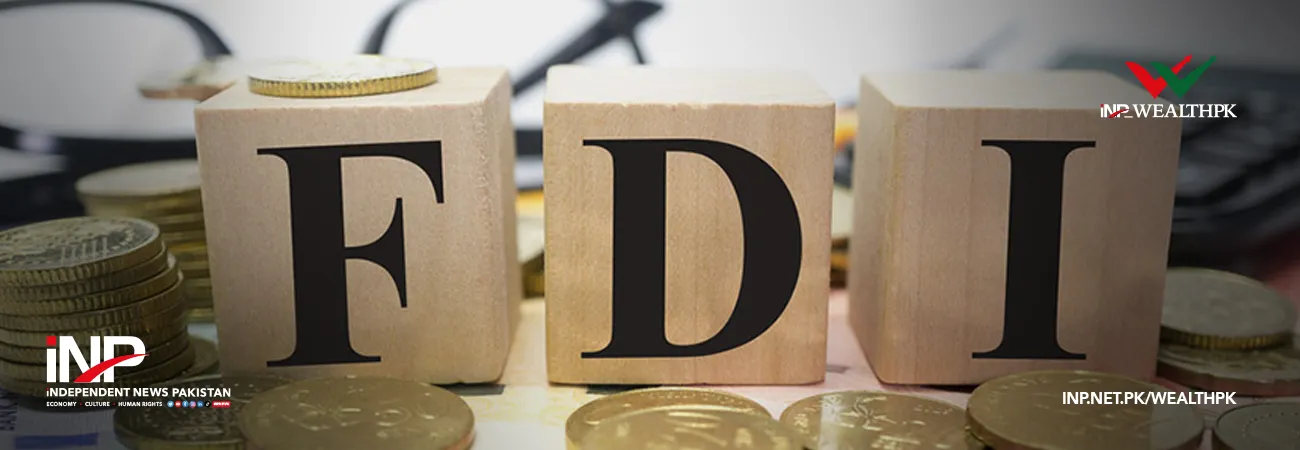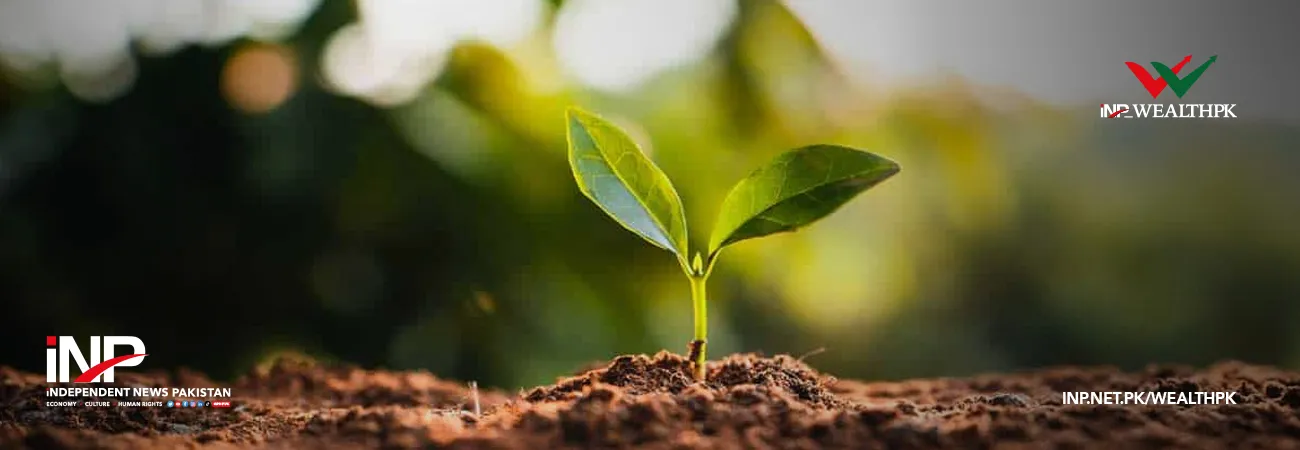INP-WealthPk
Moaaz Manzoor
Pakistan's apparent FDI growth in the first eight months of FY25 masks persistent structural weaknesses, including sectoral imbalance, security concerns, and policy inconsistencies that continue to deter sustained foreign investment despite short-term improvements.

Speaking with WealthPK, Uzma Aftab, Senior Research Associate at the Policy Research and Advisory Council (PRAC), said: “While Pakistan’s external account has shown signs of short-term stabilisation — largely due to import compression and support from multilateral partners — the trade deficit remains structurally persistent, reflecting low export diversification, weak industrial competitiveness, and reliance on imported energy and raw materials.”
She emphasised that the investment climate remains fragile, with security concerns arising from a resurgence in terrorist attacks dampening investor confidence. “Despite efforts like the establishment of the Special Investment Facilitation Council (SIFC) in 2023 to streamline decision-making and promote a business-friendly environment, underlying risks continue to weigh on sentiment,” she added.
One of the critical concerns in the FDI landscape is the concentration of inflows in non-productive sectors, which, according to Uzma, limits long-term economic gains. “Despite the surge in FDI over the past two years, 32-42% of inflows have gone into energy and 25-35% into financial services. The need to redirect investments toward export-oriented and value-added industries is crucial for sustainable growth,” she explained.
She also pointed out that while Pakistan has intensified its economic diplomacy to attract more investments, “without lower interest rates, structural reforms, and domestic stability, the country’s investment potential remains underutilised.” Productivity constraints further complicate the situation.
Uzma highlighted: “Undue tax burdens on industries, a disconnect between skill development curricula and industrial needs, energy shortages, and high input costs continue to restrict competitiveness. These structural weaknesses hinder Pakistan’s ability to maximise the benefits of foreign capital inflows.” Syed Ali Ehsan, Deputy Executive Director at the Policy Research Institute of Market Economy (PRIME), echoed similar concerns.
He said: “Contrary to earlier celebratory headlines, Pakistan’s FDI performance in FY25 remains modest. While the cumulative FDI during the first eight months of FY25 rose to $1.618 billion — marking a 41% increase year-on-year — this apparent improvement reflects base effects and episodic capital inflows rather than a sustained surge in investor confidence or macroeconomic fundamentals.”
He warned that Pakistan’s FDI inflows still lag historical norms, and key obstacles such as political instability, policy inconsistency, legal ambiguities, and exchange rate volatility continue to deter long-term capital commitments. Ehsan further noted that for this uptick to translate into sustainable growth, Pakistan must prioritise political and macroeconomic stability, meaningful reforms, and a coherent long-term investment strategy. “Otherwise, the current increase may prove short-lived.”
Credit: INP-WealthPk













